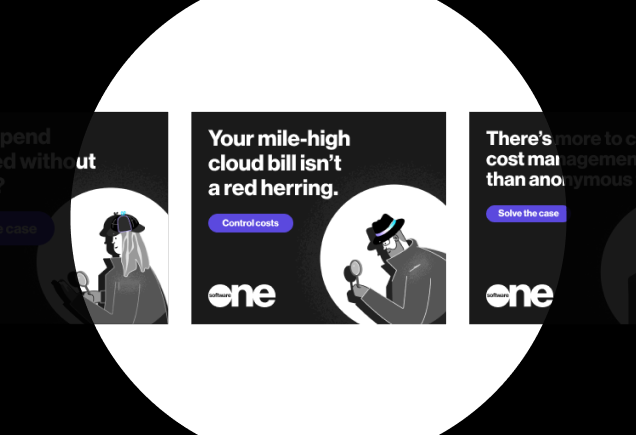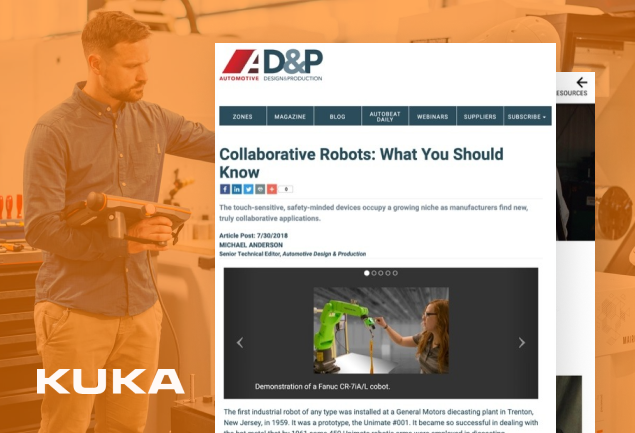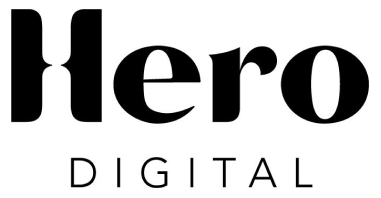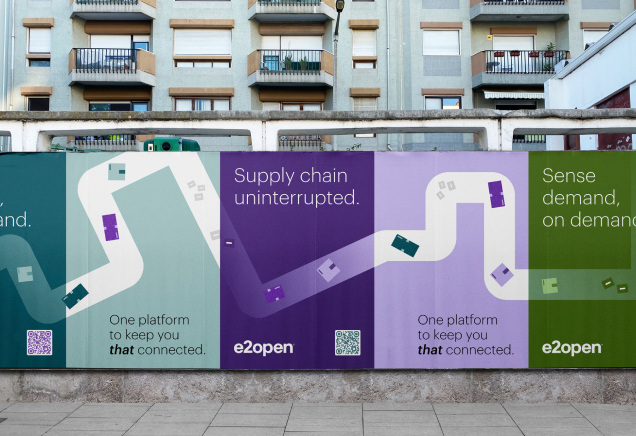OBM – B2B
Our approach always starts with a question: “How might we achieve your ideal business outcome among your target audience?”
That’s Outcome-based Marketing (OBM), our B2B marketing philosophy that leads with outcomes before channels. Rooted in our belief that great B2B marketing is outcome-oriented and audience-obsessed, OBM ensures our recommendations don’t just check boxes, but contribute to real growth.
From category leadership to awareness, lead generation and loyalty, your goals dictate our approach. And our full-service marketing capabilities and B2B expertise empower us to deliver.
What are you really trying to accomplish?
Think bigger than marketing channel KPIs for a moment. What broader business outcomes are your marketing activities driving? And how well do your channels align to achieve that goal? OBM orients to big-picture objectives, then takes shape through marketing programs customized to meet your brand’s needs.
Position
Growth
Reputation
Engagement
Our B2B marketing toolkit
OBM means we think in terms of outcome first, activation second. This isn’t a checklist of capabilities. It’s a flexible integrated marketing toolkit that empowers us to achieve your most critical goals.
Insights + Strategy
Research + insights, integrated marketing strategy, buyer journey analysis, channel strategy + media planning and account-based marketing (ABM)
Branding
Brand strategy and messaging + creative expression
Content
Content strategy, editorial content, sales enablement materials and original research
Creative
Campaigns, graphic design + illustration, video + animation and copywriting
Demand Generation
Paid digital media, search engine optimization (SEO), marketing automation + email, martech stack integration + optimization and conversion rate optimization
Public Relations
Media relations, data-driven PR, product launches and awards + speaking opportunities
Social Media
Social media for brands + executives and influencer marketing
Web
Website design, search-optimized content and site performance
Industries we serve

Work alongside the best marketers in the business
Resources
-
200+ Negative Keywords to Consider for B2B Paid Search
-
How To Use Motion Design Effectively in B2B Marketing
-
Marketing B2B to Gen Z: Web Content Marketing Strategies for Your Next Generation of Customers


































